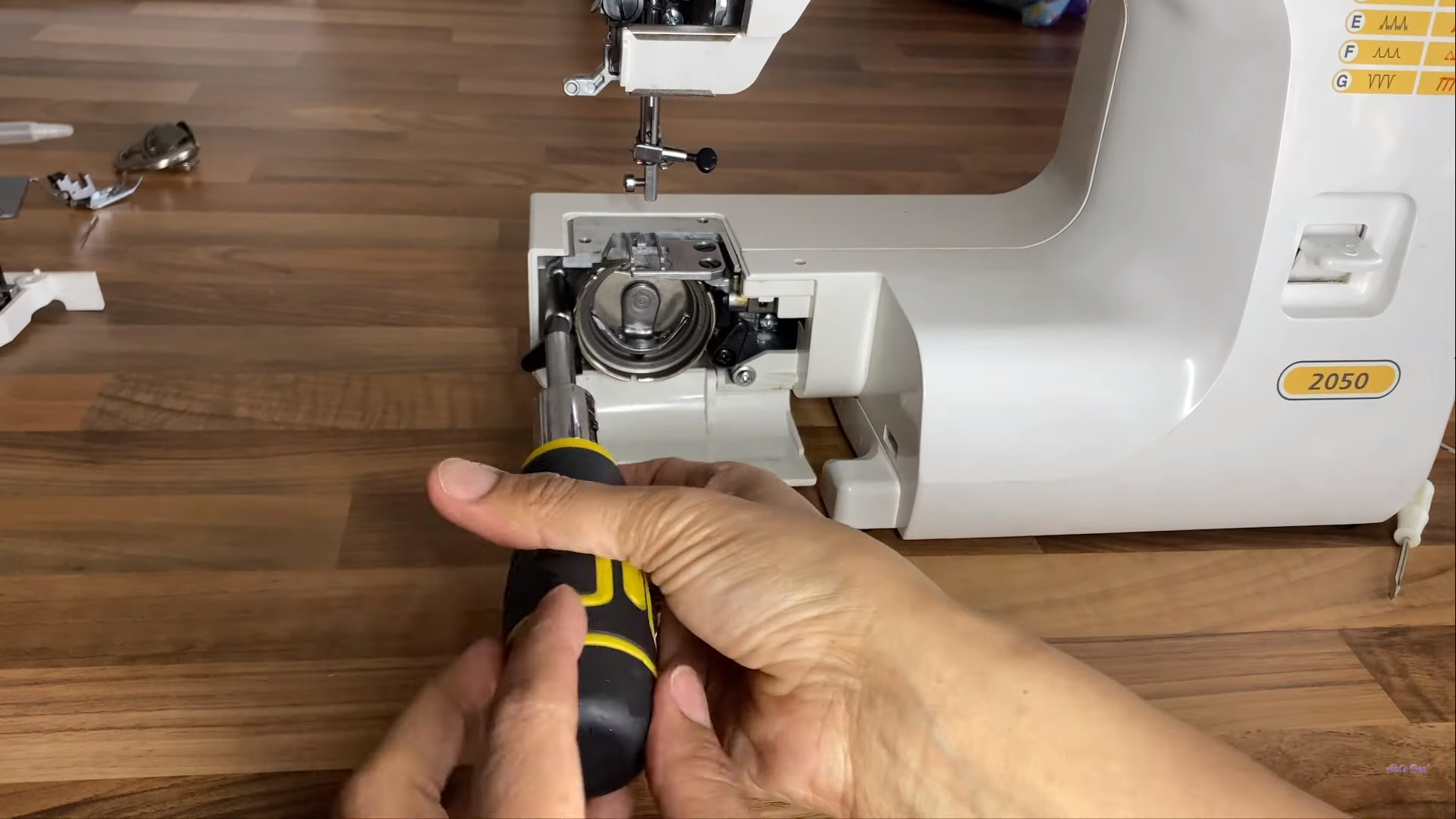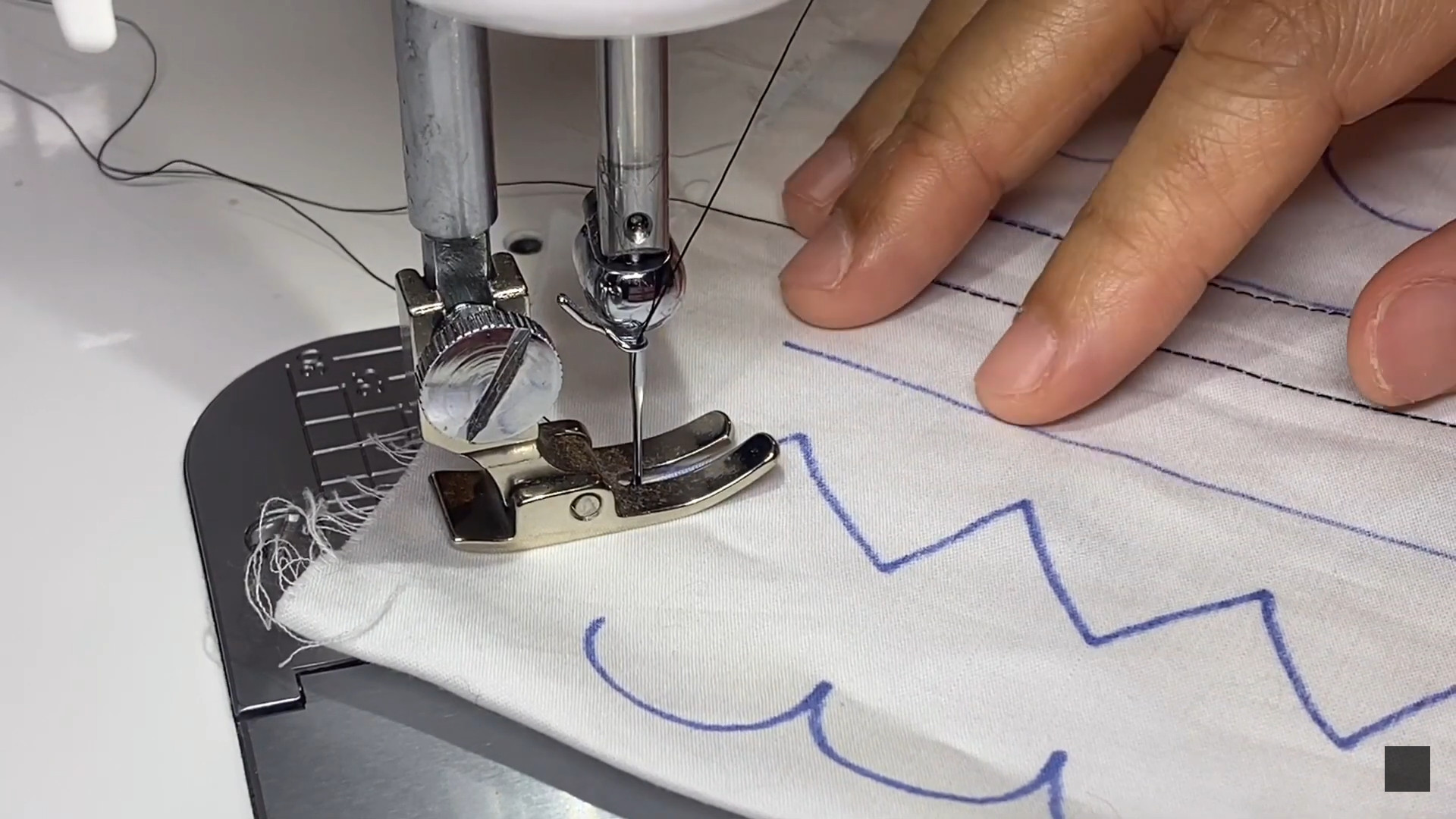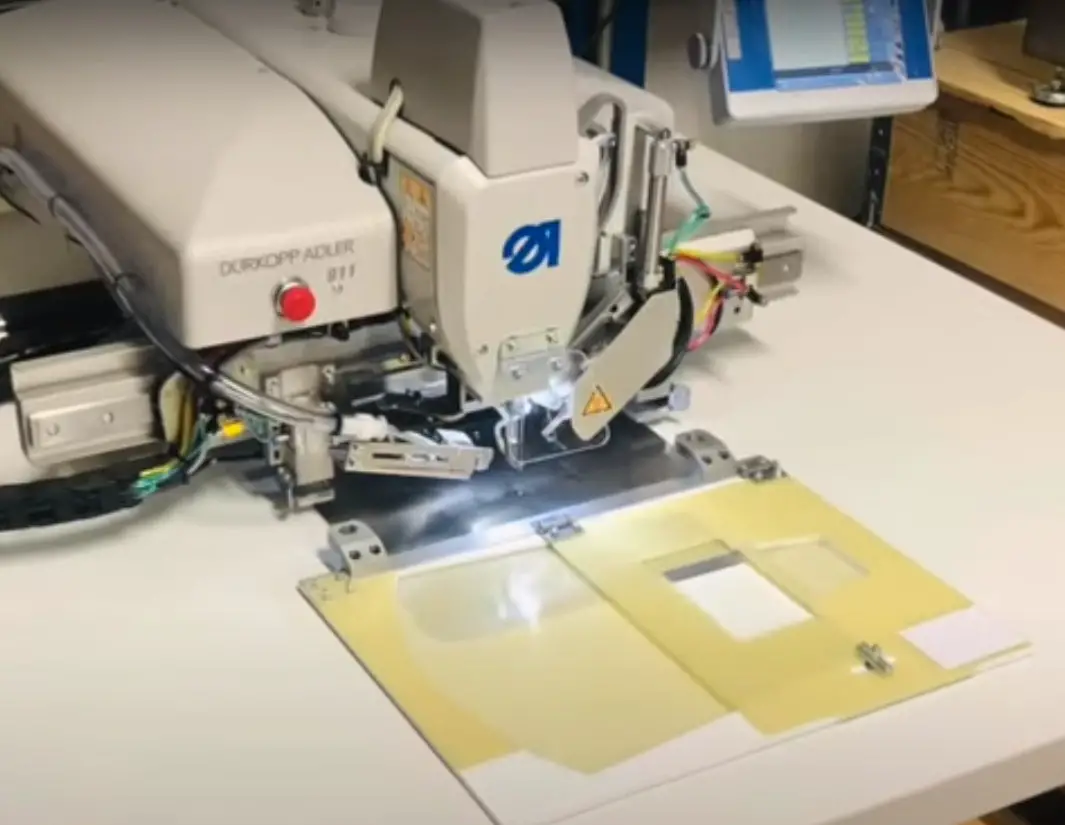Is Sewing hard to Learn? Should you learn Sewing
Learning skills from scratch is challenging for beginners, and it will take tremendous time and patience to master your skill.
So, how about sewing skills? Is sewing hard to learn? What should you do and avoid when practicing sewing techniques?
If you are wondering about these questions, you have come to the right place.
I will discuss the difficulties of beginners learning to sew and share my experience from the beginning to bring you more confidence.
Now let’s jump straight in!
Table of Contents
Is Sewing Hard To Learn?
The answer is no. It’s not difficult or requires unique talents to learn sewing.
You can gradually progress by learning one technique at a time and improving your sewing skills through practice.
The truth is that sewing consists of multiple techniques, skills, and levels. For example, fixing torn-up clothes or filling the holes in a clothing piece can be learned in a few days.
Meanwhile, it takes months or even years of practice to craft your skills and sew a complete clothing piece from scratch. Therefore, learning to sew is not so different from the house.
You have to start from the foundation by learning basic techniques and grasping the foundational knowledge about sewing. Then, whether the house looks beautiful or ugly depends entirely on your effort and time.
The adept sewers, with years of mastering their craft, can make beautiful clothing pieces from scratches. Meanwhile, few-month learners can do practically the same, but the quality and aesthetic look cannot match.
Therefore, learning the basics of sewing and fulfilling your purpose is definitely not hard, but it takes tremendous effort and time to become excellent at this craft. So, before you learn to sew, always define your purposes.

Why Do You Want To Sew?
As mentioned above, sewing serves numerous utilities, such as cloth fixing, sewing a complete clothing piece, or just sewing decorative patterns. Each level requires different skill sets and features difficulty levels.
It takes tremendous time to master all these crafts, and I don’t advise you to cultivate them simultaneously. You should focus on one field at a time and gradually move to another once you’ve become adept at that skill.
In addition, the sewing tools come in wide categories, with each item serving a unique purpose. Therefore it’s costly and inconvenient to grasp all the sewing tools you don’t need for the moment.
For example, you can start by sewing simple decorative patterns on a fabric piece or small napkins. Then, you can figure out what materials to buy, what source to learn from, and the necessary skills to master first.
Meanwhile, you can set up a different plan for learning to sew a full clothing set. Whether it’s seeking an instructor or learning by yourself, it’s critical to set out the goal you want to achieve.
So, ask yourself about the reason you want to sew in the first place. After you have determined the first goal and skills you want to master first, design a detailed plan to help you achieve that goal.
Related: Troubleshooting Singer Sewing Machine
Sewing Is Not Difficult, But It’s Not A Child’s Play
Sewing is not as simple as solving a Rubik’s cube or learning a simple sport. It’s more like learning a musical instrument when you have to move from low to high masterful levels.
In addition, knowing how to sew and being able to sew are two very different things. You can grasp all the basic techniques and find all the right tools, but it doesn’t mean you can sew a beautiful product.
It is similar to learning to ride a bicycle when you know exactly how to do it but still cannot keep your balance and fall down. Sewing is practically the same, which requires meticulous skills and muscle memory.
It takes around a few weeks, months, or even years to master your sewing skills and become an experienced sewer. So, you must be serious with your learning process and gather enough willpower to make your goal a reality.
How Determined Are You When Learning To Sew?
After determining your goal, you must consider these issues before constructing a clear path for your learning process. The first critical question is: How much time are you willing to spend sewing every day?
For example, suppose you want to sew simple decorative patterns on fabric pieces. In that case, it takes around one or two months to reach a decent level.
So, you can devote about 30 minutes to one hour per day to learning the craft.
On the other hand, that little time would never be enough if you want to become an experienced sewer. It takes years of practice to sew beautiful clothes, and you can either increase your daily practice time or extend your learning journey.
Then, think about how long it will take for you to master sewing. Or in other words, it’s critical to set a deadline for your goal. For example, you could determine to master this technique in one week.
Some people want to master sewing in one year, and they set a daily time of 1 hour to pursue their goal. This planning process will determine if you can sew in the first place.
It gives you the discipline and willpower to move to the sewing machine and start practicing. So, whenever you feel frustrated or want to give up, there’s a plan that backs your mind up and gradually turns your goal into reality.
Is Sewing Popular?
There has been a significant increase in sewing machines and equipment sales in the last few years. Over the past three years, more than one million people (including men and women) have started learning sewing.
This research and report are conducted by the Craft & Hobby Trade Association.
According to the same report, nearly 7,7 million people took up sewing as a leisure and personal hobby at home.
This number is still increasing and showing no signs of decline. In the UK, the sales of knitting and sewing patterns rose 60% in 2016. Meanwhile, the sewing machine industry saw a whopping increase of 30% in sales.
Nowadays, sewing content and instructions are prevalent on social media, with thousands of content creators and educational topics related to this field. Never before has sewing become so popular than this contemporary era.
For this reason, you can rest assured that there are millions of people sharing the same interests. Sewing is no longer a traditional craft but also a hobby that brings tremendous fun and pleasure to our lives.
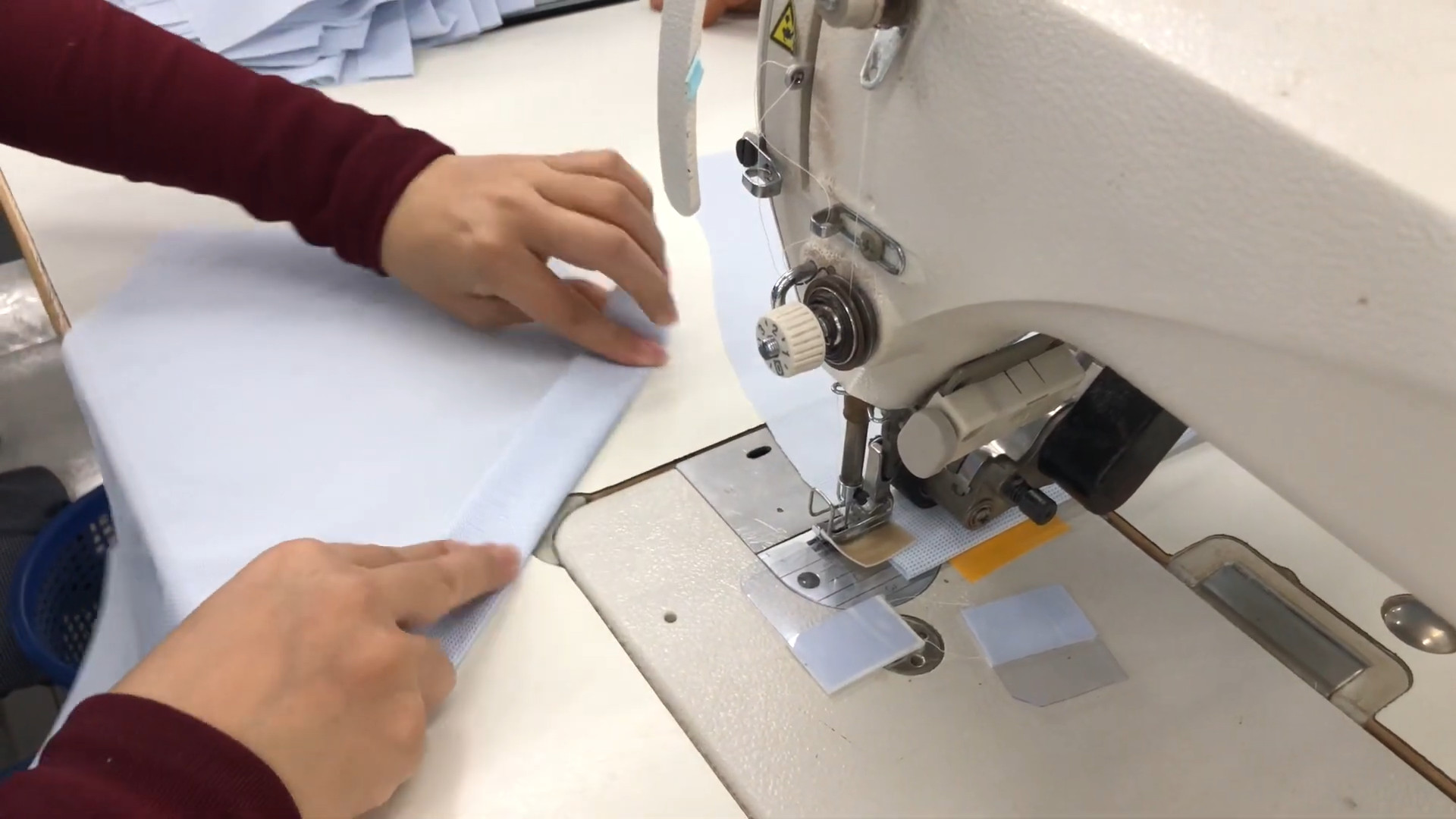
How Long Does It Take to Learn to Sew?
If you work really hard and spend around 1 to 2 hours per day practicing, you can achieve some decent sewing skills in just one month. The good news is that sewing skills will increase faster when you become better at them.
The beginning stage may seem complicated and frustrating, but it will gradually become easier when your skills and knowledge increase. It took around one month to grasp the basic techniques and knowledge of sewing.
That one money was also the most challenging time. However, I made cute pajamas in less than two months. Over half a year, I got my craft polished and can efficiently perform a lot of tasks.
The time should not be prioritized rather than your determination. If you can practice every day consistently, it won’t take long before you become adept at this craft.
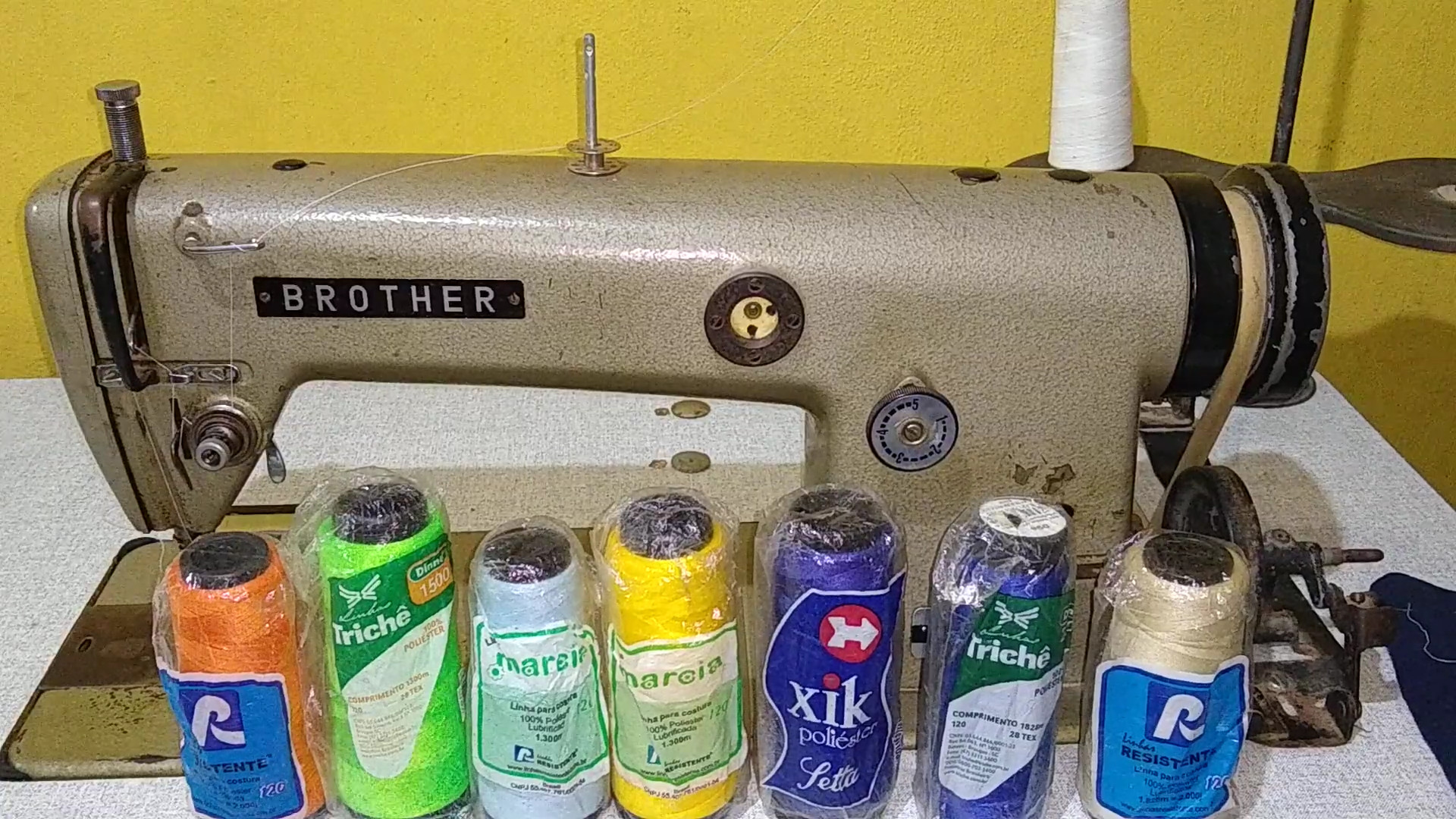
Can I Teach Myself To Sew?
You can definitely learn to sew on your own. Self-learning used to be difficult in the past because there wasn’t much learning material, and sewing tools used to be much more expensive.
However, things have changed in the contemporary era with thousands of online instructing videos. You can easily find many online sewing learning courses at meager prices.
Sewing tools and equipment have become much cheaper and more accessible now. With all these conditions met, it’s totally doable to learn sewing at home.
Plus, learning on your own will save you time from moving and the cost of hiring an instructor. You can be more flexible with your time and set a more convenient learning schedule.
The only setback of self-learning is that it requires more discipline and willpower. Since there is no mentor or instructor to teach you, you can quickly get frustrated and abandon the process.
Therefore, it’s a good idea to join sewing self-learning forums and online groups to find the other self-learner sharing the same interest as you.
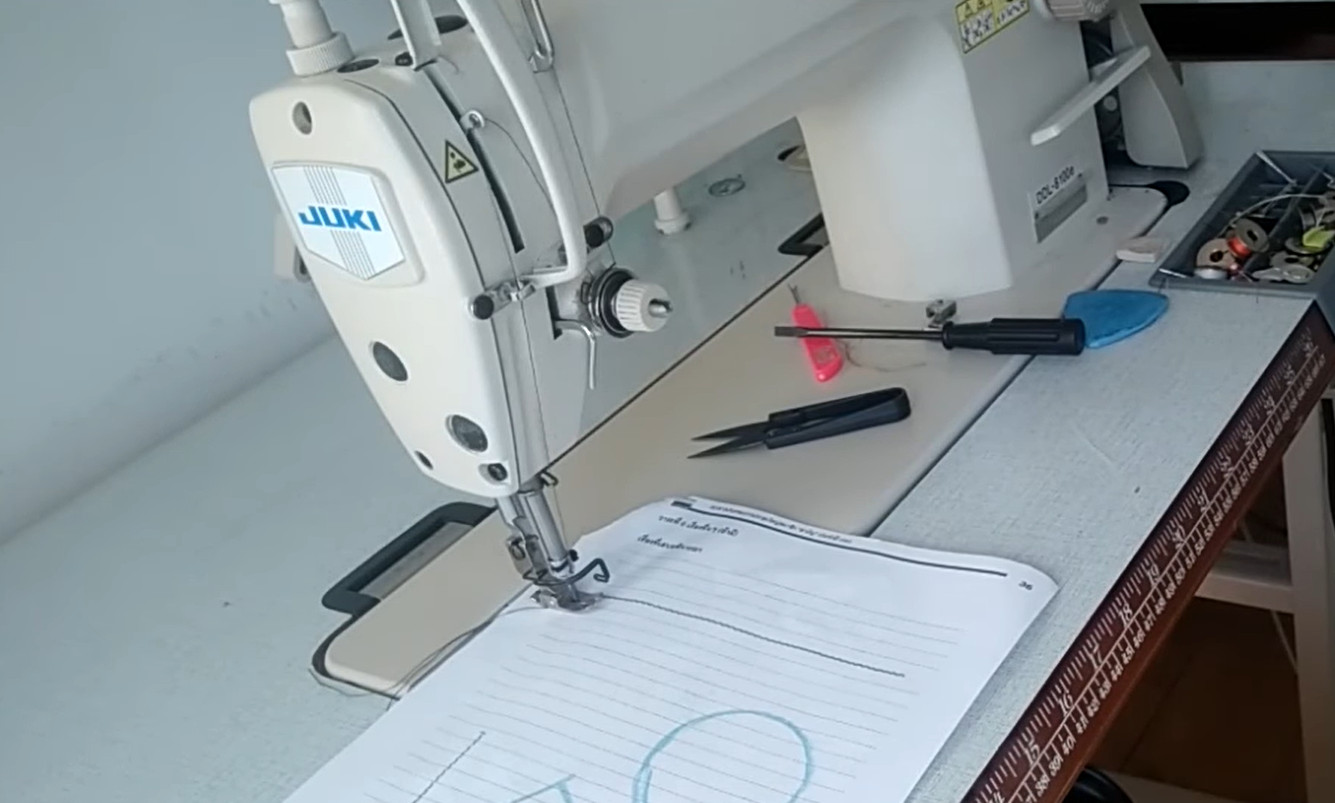
How To Learn To Sew?
So, where do you start from the beginning? What is the best method for sewing? Follow the sections below, and I will tell you everything.
Local Sewing Classes
If you really don’t know where to start, or you want to find people sharing the same interest in sewing, the local sewing classes are a perfect option.
After all, having an instructor correcting your mistakes and instructing you on minor techniques is always better. In addition, you can make new friends and avoid boredom, thus gaining more motivation in the learning process.
Local sewing classes nowadays don’t take very high charge, and they are suitable for people of all ages and gender. Ensure that you choose a comfortable learning schedule and let the instructor know about your skill level.
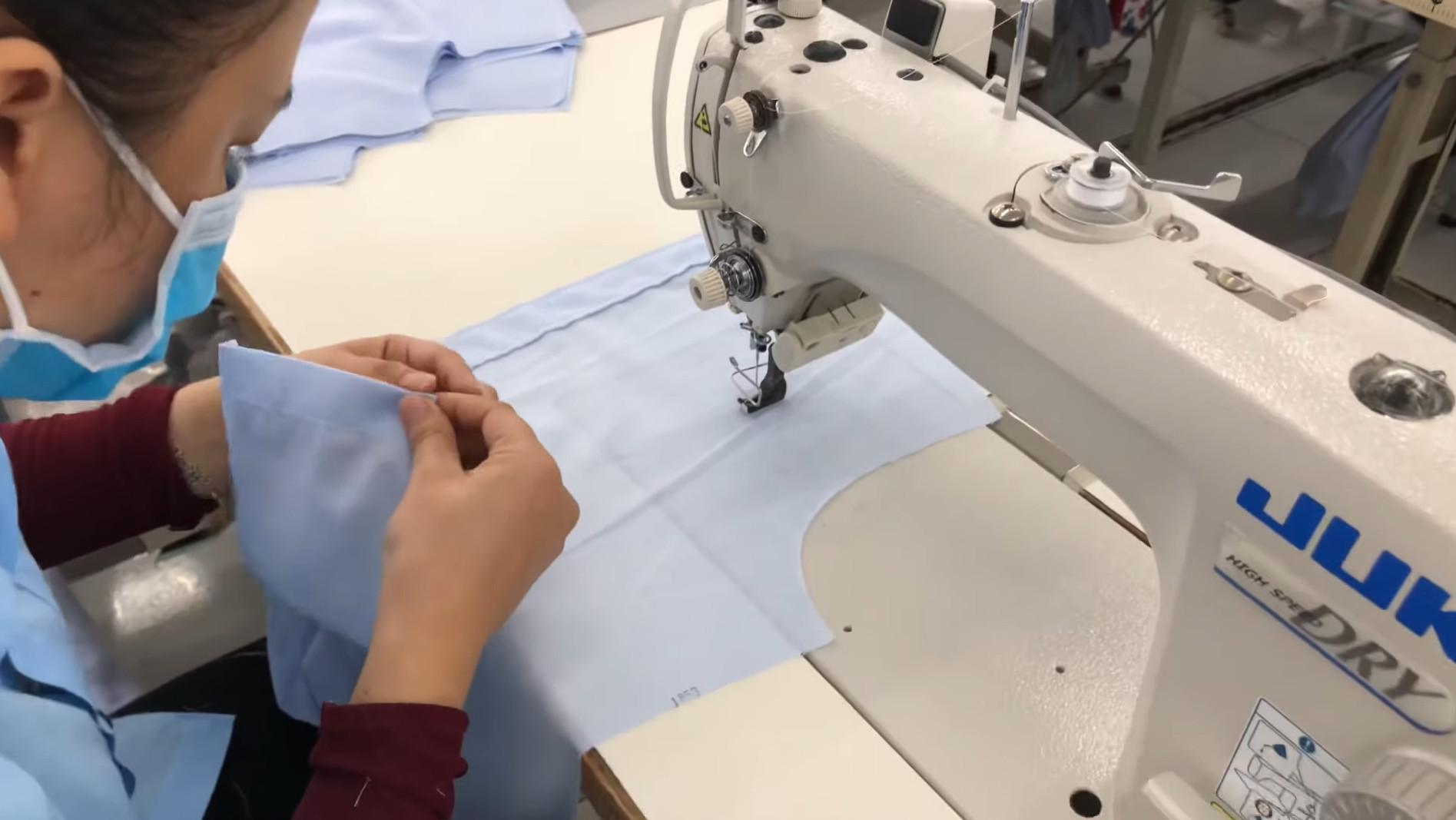
Youtube
Online learning is an ideal substitution if there isn’t any sewing class nearby or you simply don’t have time for it. There’s an abundance of sewing instruction videos on youtube about all types of skills, knowledge, and techniques.
Furthermore, learning sewing through words and lessons is very difficult because you need step-to-step instruction and samples. There are numerous video series devoted to beginners who have never taken up sewing.
The instructions are easy to understand, and the demonstrations are fun to watch. The content creators also give you tremendous motivation to take up sewing.
For these reasons, I always consider Youtube as one of the best learning platforms for sewers. Plus, the videos are free and effortless to watch, so what are you even waiting for?
Related: How to make Jeans Waist Bigger without Sewing?
You can find many beautiful sewing samples and products on Pinterest, along with step-by-step instructions for making them. There may not be complete sewing courses, but Pinterest is an excellent platform to learn new things.
Therefore, you should access Pinterest for new inspirations or sewing ideas to add more fun to your learning process.
I recommend combining Youtube with Pinterest for optimal learning efficiency.
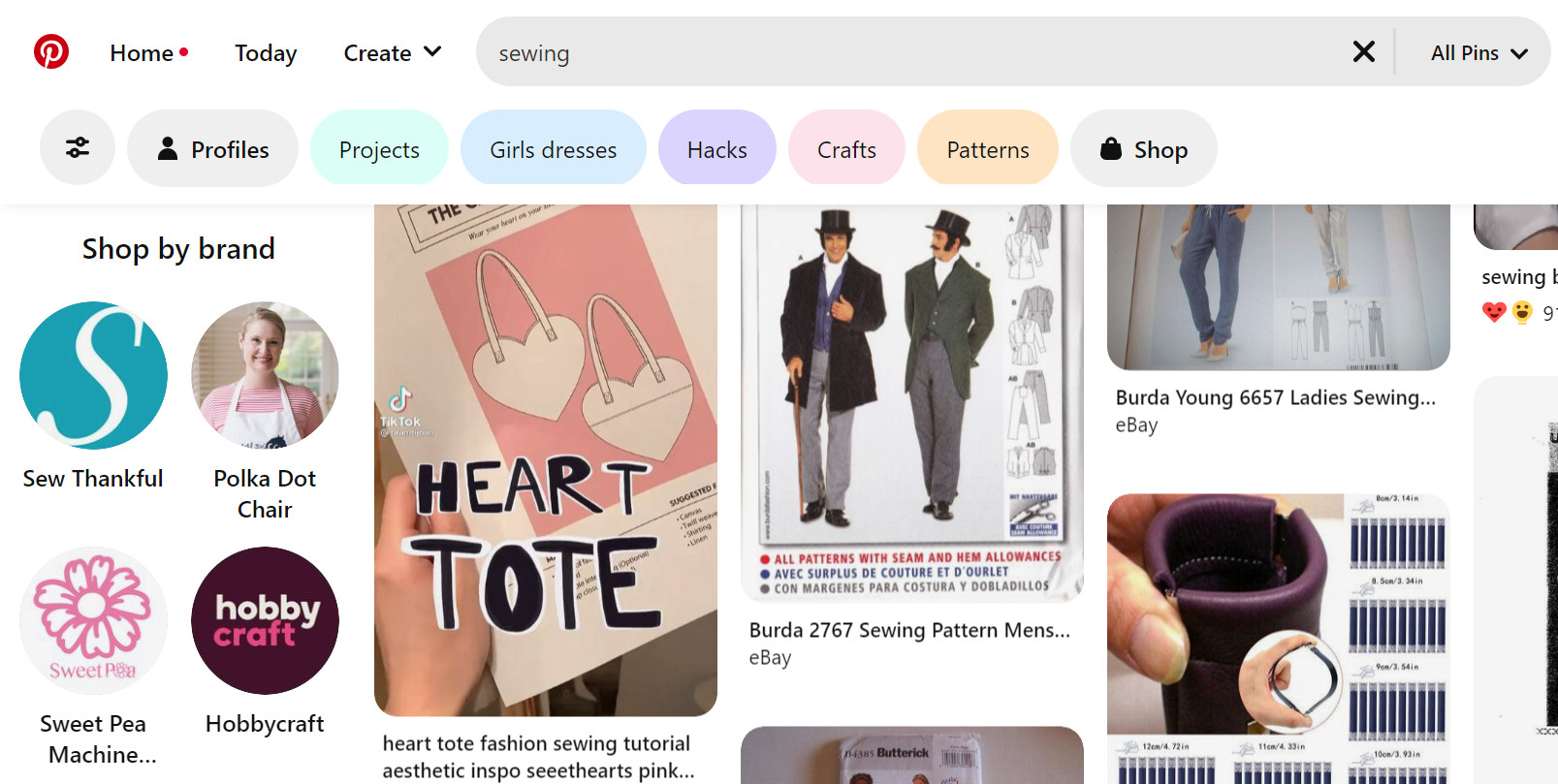
Forums
Forums are where you can find people sharing the same interest in sewing with all levels and skills. On these forums, users can share their difficulties or problems, and the community is always willing to help.
There are many self-learning stories, tips, and helpful experiences that sewing learners will need. So, don’t hesitate to visit the sewing forums.
Related:
– Embroidery Thread Vs Sewing Thread
What To Sew When Starting?
You should find really simple patterns and samples designed for beginners on Pinterest and Youtube to start with. In addition, prioritize malleable and easy-to-work-with fabric materials, which I recommend cotton.
Also, choose projects that feature mainly straight lines and avoid curved ones. It is much easier to practice whether you sew with a machine or use your hand.
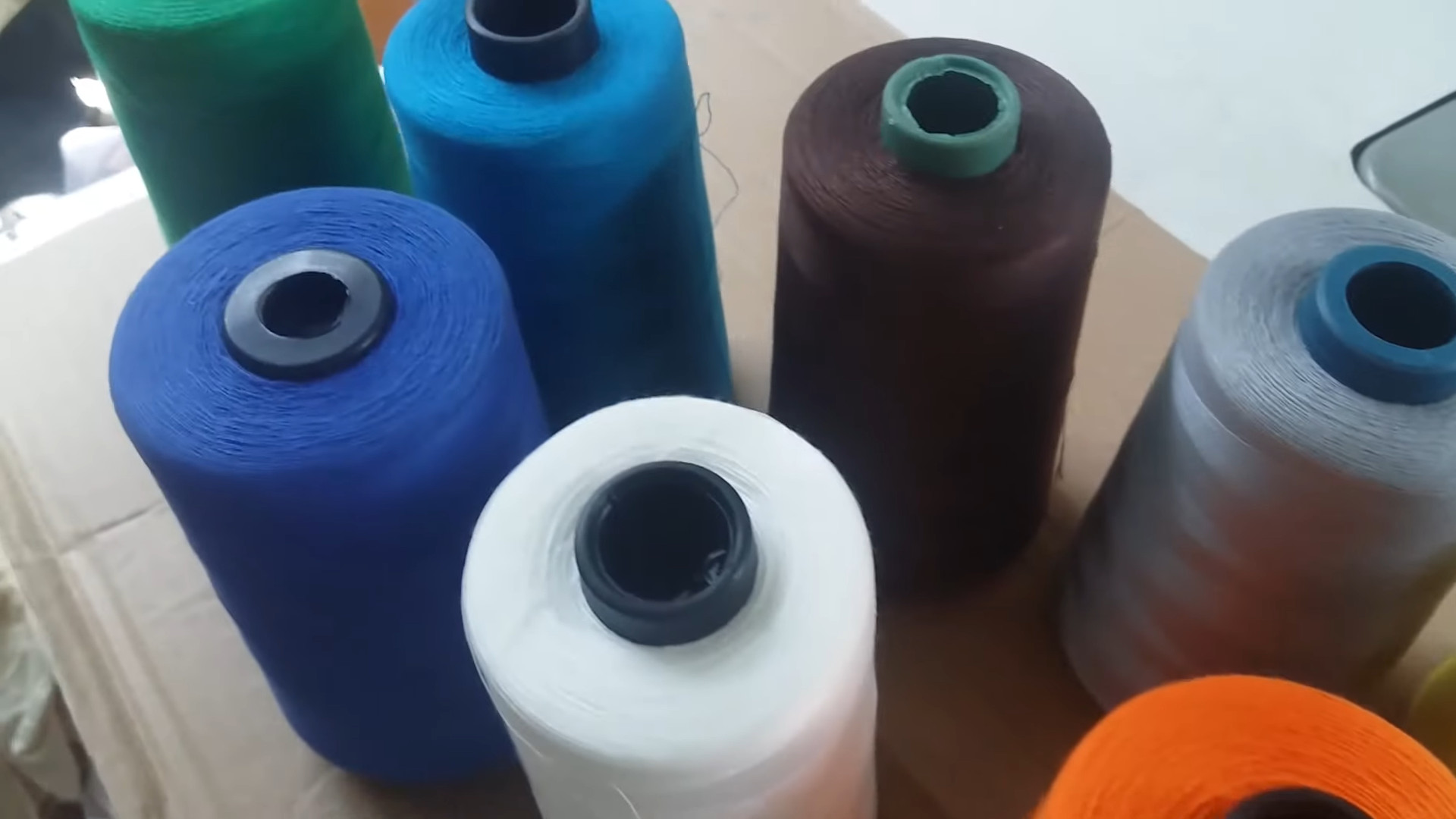
Final Thoughts
In conclusion, sewing is not hard, and everyone can learn this craft. As long as you are willing to devote time and effort to master the skills and techniques.
So, whenever you want to give up or get frustrated, remember that sewing requires time and patience. Spend a little time daily to improve your skill, and the reward will finally come.
I hope that the information and answers provided can help you on your learning path. So, what is your purpose for sewing? What is your first sewing product? Feel free to comment and share with me. Thank you for your time!

